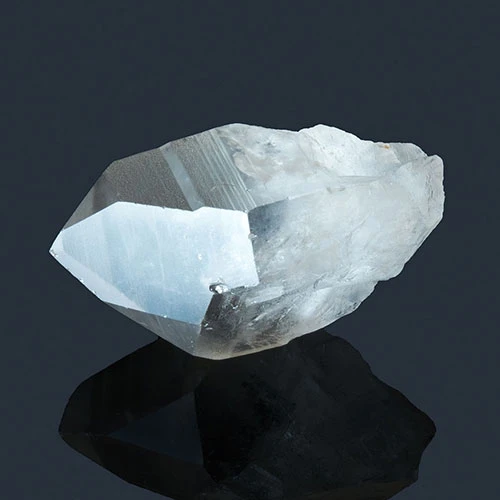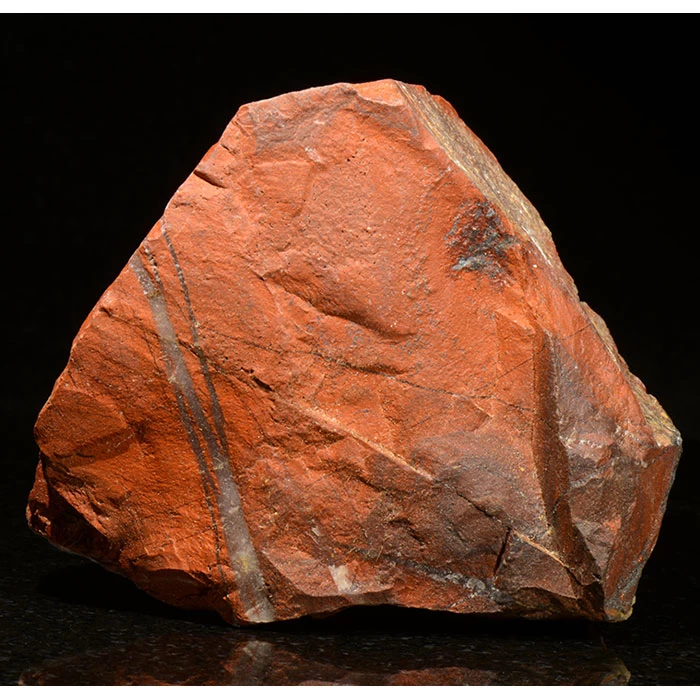What are Inclusions and Impurities? (geology)

Inclusions in Rocks, Minerals and Gemstones
In geology, an inclusion is something that becomes trapped during the early stages of a rock or mineral's formation. It's often large enough to be seen with the naked eye.
In a gemstone, an inclusion is a characteristic either enclosed within the stone or that reaches the surface from within.
Inclusions in rocks, minerals and gemstones can be almost anything. The most common are water, gas, petroleum or other minerals.
Inclusions in amber are usually insects or plant matter. However, amber is neither a rock nor a mineral because it's fossilised tree resin. Inclusions are among the most important factors when determining a gemstone's value. If an inclusion affects clarity, it will reduce the stone's value.
Inclusions are among the most important factors when determining a gemstone's value. If an inclusion affects clarity, it will reduce the stone's value.
In gemstones such as star rubies, star sapphires and varieties of included quartz, the inclusions determine the value of the stone.
What are Impurities?
An impurity is part of the crystal structure of a rock, mineral or gemstone. Unlike an inclusion, it cannot usually be seen.
The iron in quartz that causes it to become amethyst is an impurity. When rutile is present in quartz it's an inclusion.
Follow our link * An impurity is different to an inclusion * to read more."}An impurity{/tip}
The red spots in bloodstone are impurities of hematite. Rutile or tourmaline in quartz are inclusions.
The green of peridot comes from impurities of iron. The golden spots in lapis lazuli are inclusions of pyrite.
The pinkish-red colour of rhodochrosite comes from impurities of manganese.
In its purest form, quartz is colourless, but the presence of impurities transforms it into amethyst, rose quartz, citrine or smoky quartz.
The mineral corundum turns red with impurities of chromium. Replace chromium with iron, and it will turn yellow. With titanium and vanadium, it turns blue. Red corundum is ruby, all other colours are sapphire.
The colour of malachite comes from impurities of copper. The varying shades of blue in turquoise come from impurities of copper and aluminium.
In its purest form, the mineral beryl is colourless but various impurities produce shades of red, green, yellow and blue. Green beryl is emerald, blue is aquamarine.
Other factors that affect colour in rocks, minerals and gemstones include heat, the orientation of the crystals and the presence of a structural imperfection. That may be damage or an anomaly that occurred during its formation.
When inclusions are present in abundance, they can change the colour of a stone completely. This can be seen in the mineral aventurine and in rutilated quartz.
When rutilated quartz is heavily included with golden crystals of rutile, the stone can look distinctively golden. If the stone were inclusion-free, the quartz would be clear and colourless.
Another example is the orange-brown variety of goldstone. This man-made material is produced from glass filled with crystallised copper. The glass is colourless but due to the abundance of copper inclusions, it looks orange-brown.
Article Pictures
The first picture in our article is quartz with inclusions of rutile and clay. The photo is clickable and redirects to the original image. Courtesy of Steve (singingstone48).
The second picture is included quartz (the inclusions are black tourmaline).








